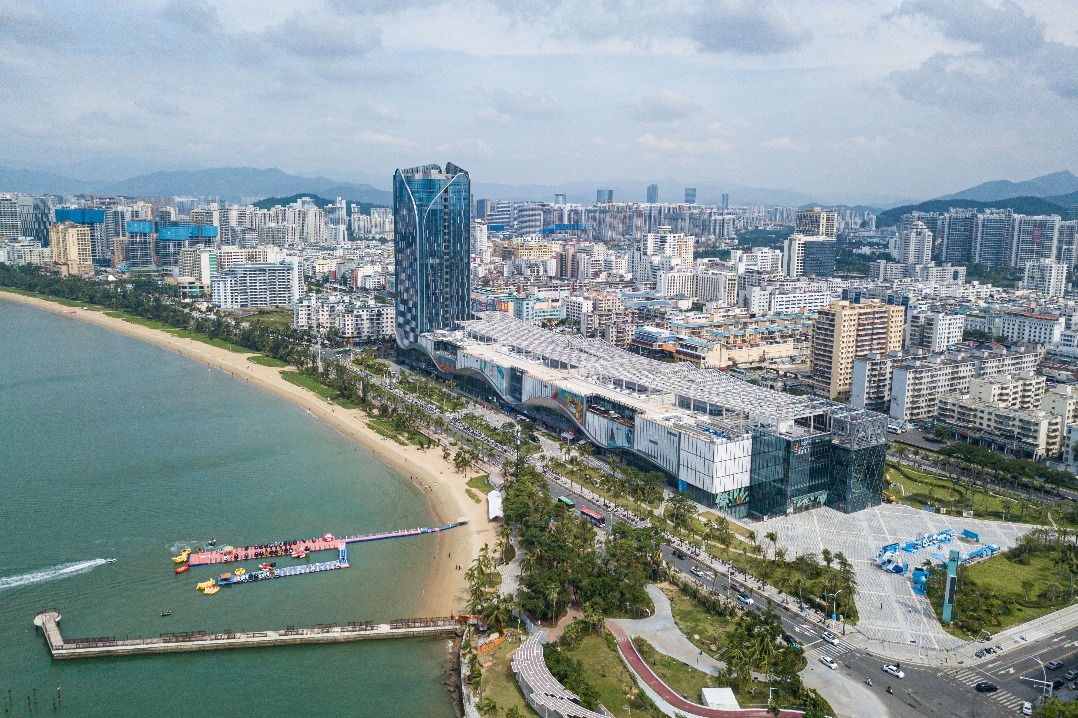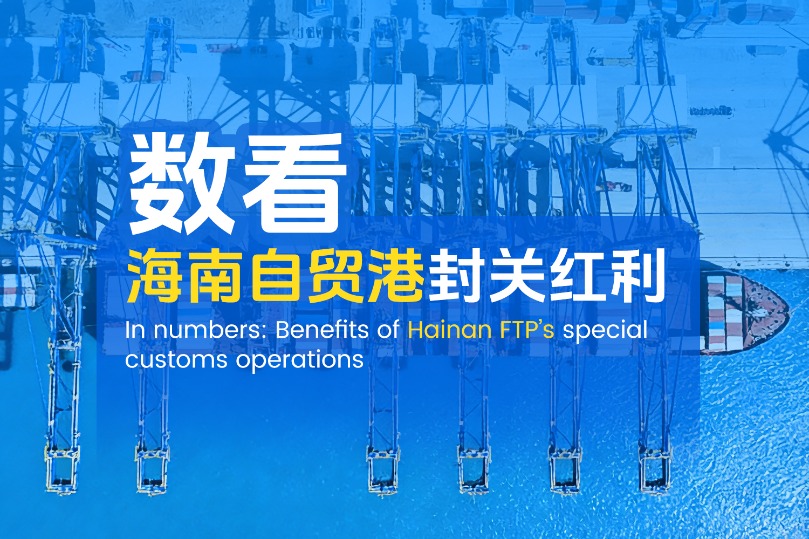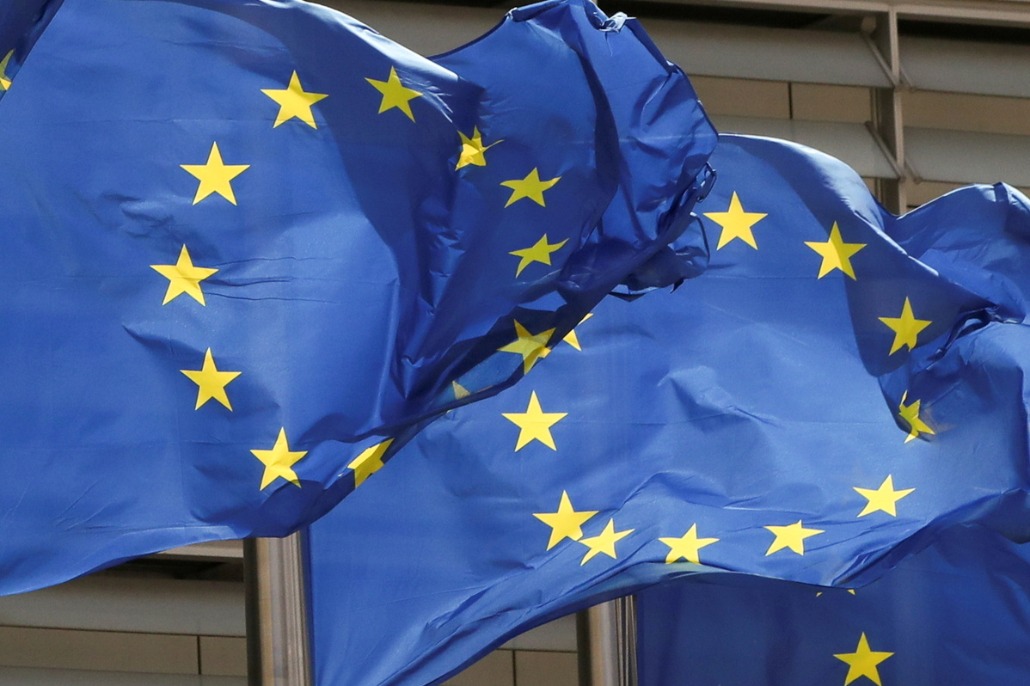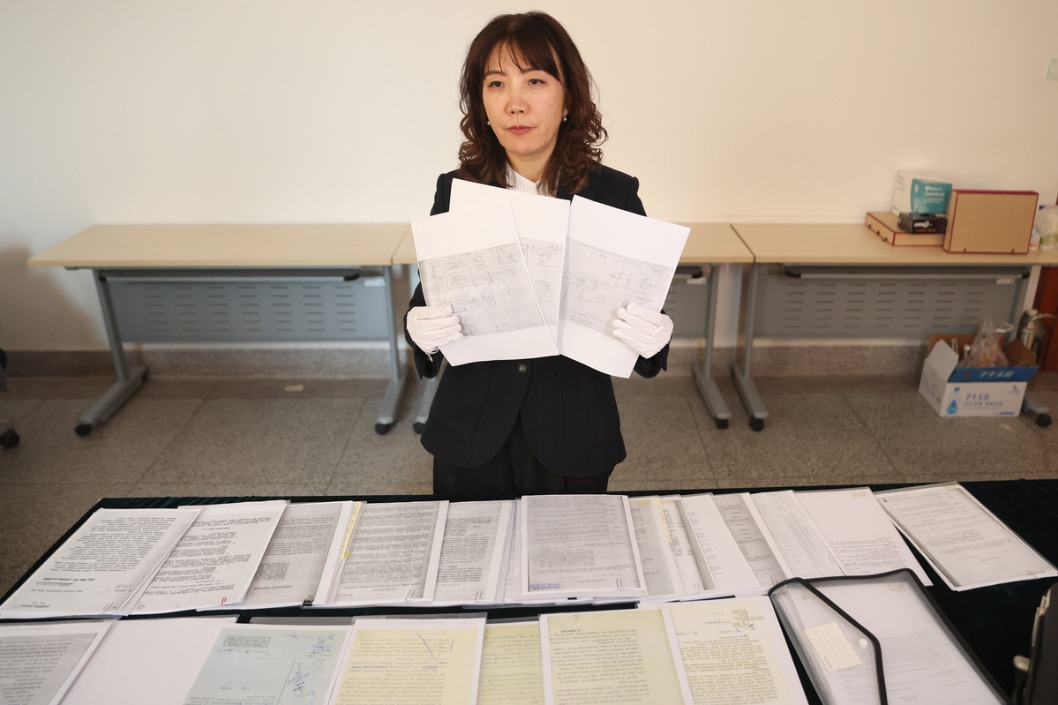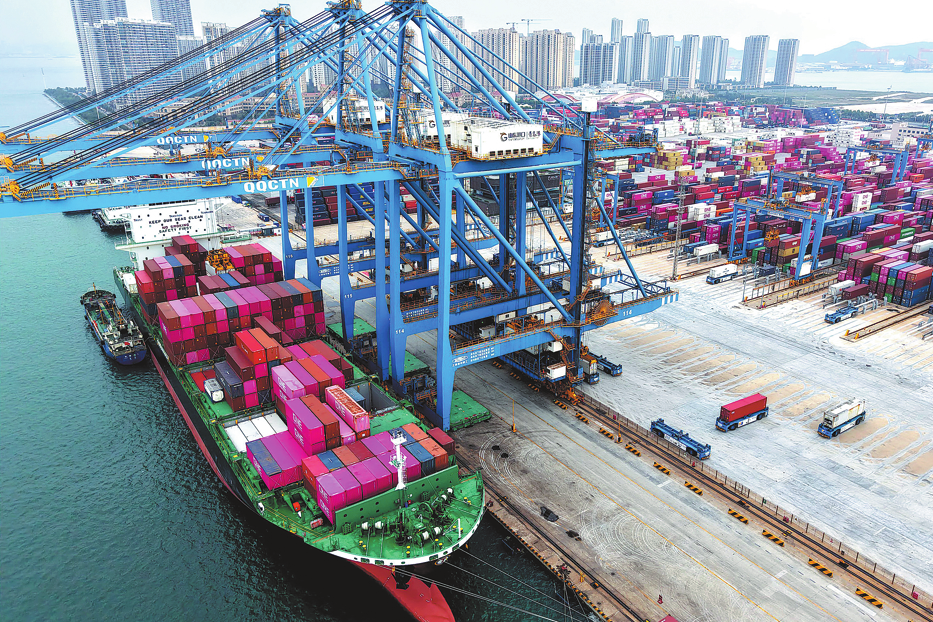Government Work Report: Blueprint for a decade of challenges ahead


Premier Li Keqiang delivered the annual Government Work Report at the Great Hall of the People before assembled delegates of the National People's Congress on May 22, 2020. It was a defining moment in the wake of the most devastating public health crisis that China has had to face in its modern history. Moreover, the coronavirus pandemic that is ravaging the world today is an ongoing crisis for which China must take specific remedial economic measures to address.
Unlike certain Western countries that have politicized coronavirus in the context of social divide and rule before electoral cycles, China has focused entirely on controlling the pandemic, preventing future waves, and addressing the problems left in its wake, namely employment, globalization decoupling, and the need for remedial environmental policies that can be effective in the long run.
Post coronavirus crisis economic recovery may be understood in the context of either Chinese or Western medicinal approaches, depending on which one you want to choose.
Western medicine never adopts preventive medicine or considers the totality of one's health and the effects of environment on overall social health. It rather narrowly focuses on curing the endgame sickness, often when it is too late.
In Chinese traditional medicine, the entire state of mind-body balance, environment, diet and outlook are considered as integrated parts of a totality. Preventive medicine and the opening of blockages so that blood and positive energy can flow freely prove key in preventing unhealthy situations and sickness from arising. Maintaining balance is the most important consideration.
In many ways these approaches are being reflected in the very different and economic policies approaches to economic stimulus of both Washington DC and Beijing. Methods adopted are almost divergent in nature.
The White House and Federal Reserve have promised "unlimited" quantitative easing in order to prop up their market. Some $3 trillion in debt-buy-back backed dollars was thrown at the market in one surge before the end of March.
Washington DC economic policy is concerned with the buoyancy of the capital markets not the overall health of the economy. The focus is to keep the elite enriched through "unlimited" quantitative easing or debt-buy-back liquidity now called "repo" with most of the cash flooding into big tech that control social media and with it minds of people. This policy of singular focus on capital market health has proved successful in maintaining the current caste system, keeping the rich extremely rich and making sure that the poor are opiated with addictive social media and anger-inciting entertainment. American democracy is about divide and rule. In their context it always works.
Beijing economic policy is concerned more with the overall health of the economy. This session of the NPC will approve a 1 trillion yuan bond issue specifically for COVID-19 control, while pursuing prudent monetary policy involving reductions in reserve rations and interest rate cuts together with re-lending to increase M2 broad money supply, while making lending to small- and medium-sized enterprises both more convenient and accessible. Everything is focused on the real economy with skill training to enable more than 35 million vocational jobs.
This year's report also set a framework for quality versus quantity in overall life improvements. Where past programs have focused on fixed asset infrastructure investments to drive the economy and create new jobs, this year a fresh concept is on the table called "new infrastructure" to solve actual snags in the economic system to keep arteries of supply and demand smoothly running and preventing snags in the supply chain that can create economic distortion.
Following from this year's report, it is clear that China's will be pursuing comprehensive, balanced economic development by addressing all levels, sectors and geography together. Emphasis will be placed on "new infrastructure," which can be defined as smart, green and blue.
Policy will focus on the total health of the economy requiring a re-balancing between overly developed coastal megalopolis cities and the lesser-developed rural landscape of the interior. While past development weighed on heavy infrastructure and industry, the new focus will be on corrective environmental technologies and an overarching matrix shift in the energy grid from fossil fuels to green energy.
Toward achieving such an economic transformation from the current stage that has emphasized industrial production and export trade as the focus, there will be a shift toward re-development of the interior calling for infrastructure that is smart, green and blue. Seven fields have been identified as the focus: 5G infrastructure, ultra-high-voltage intercity high-speed railway systems, urban rail transit, new energy vehicle charging stations, big data centers, artificial intelligence, and industrial internet to enhance data collection, exchange, and analysis to enhance productivity efficiency.
"Ecological Civilization" was repeated throughout the Government Work Report, referring to China's overarching policy of sustainable development requiring massive energy shift from fossil fuels to green and development of the green finance and technology capacities to affect such transition, including education and environmental awareness.
The emphasis on ecological civilization throughout the report indicates that China's "new infrastructure" will be very different from the old fixed asset infrastructure investments that have driven economic growth in the past. Rather than focusing on the hard infrastructure of roads, rails, airports and new urban landscapes involving massive steel and cement, the new infrastructure will be focused more on smart transport, ecological restoration, social health and well being. We can think of the new infrastructure as smart, green and blue.
The mechanism of financing will be different as well. The last grand stimulus program responded to global recession following the 2008 American sub prime sparked financial crisis. At that time China rolled out massive infrastructure projects much of which were financed through traditional bank lending. This time the capital markets will play a much bigger role. Local governments will be encouraged to raise money particularly through green bond issues.
China is probably the largest green bond issuer in the world today. Green bonds require that debt raised be applied under specific conditions, such as grid conversion to green energy sources or for purposes of water safety among the many clean environment infrastructure needs.
In addition 600 of China's listed companies will serve the main investors drawing upon capital market resources. The very nature of financing for China's own domestic infrastructure investment is clearly shifting away from policy lending toward corporate finance.
The report focused on developments in technology, artificial intelligence, and big data. These are key components in the massive transition underway in China from fossil fuel reliance to green energy. Moreover, these technology sectors are key in upgrading China's public health sector. Throughout the coronavirus crisis, new technologies were applied proving the necessity of correctly applied technology to solving health care challenges.
China has set the ambitious yet realizable target of shifting the energy grid to eighty percent green by 2050. This energy transition will also seek to address blockages in transport through investment in high-speed rail networks that are both intra and inter city. Moreover, aggressive promotion of electric vehicles will witness a transition in the auto industry to drastically reduce carbon output. Auto industry insiders in Beijing know that all of the major vehicle manufacturers are focused on designing and producing the next generation of electric vehicles including some of the really big luxury car brands present in the China market today. It will go way beyond Tesla as the only electric car of the rich and elite. Electric vehicles will become predominant if not mandatory in China. This year's NPC infrastructure approvals include a blueprint of 1.2 million ultra-high-voltage charging stations across the country.
A large portion of this year's report addressed poverty alleviation, the focus of which will be development of China's western regions, setting an ambitious target to achieve modernization of all western regions by 2035. China's western development has been an ongoing three-decade process that has involved layers of different types of investment from the earlier rail and road infrastructure. This crucial stage will witness the re-configuring of ecological cities that can offer the same if not even better, at least newer, facilities for health, environment and new technology development within the areas that have previously been designated as rural and agricultural.
Just to put this in perspective, Guangdong, a coastal highly developed manufacturing and technology province has an annual GDP of 10 trillion yuan. By comparison the annual GDP of western interior provinces such as Qinghai or Ningxia does not even reach 1 trillion yuan. Throughout China's four decades of reform and opening up, there has been a massive migration of workers from rural western provinces to coastal cities looking for both opportunity and better quality of life leaving the interior largely gutted of productive talent. At the individual urban level, there are only 17 cities that qualify as part of China's "club" of cities with GDP exceeding 1 trillion yuan. Twelve of these cities are on the east coast and only two in the west.
These western areas are the regions where the highest poverty levels have historically been concentrated, largely due to the remoteness of many areas. So in keeping with the principles of Chinese traditional medicine, balance must be prioritized between developed and underdeveloped regions, economic growth and environment together with public health.
This Government Work Report is especially significant as 2020 heralds the beginning of a decade that will probably go down in world history as one of the most challenging in terms of natural catastrophe and possibly most turbulent in reconfiguring the global system from what has existed since World War II to a new system that will emerge in the years ahead. By eliminating poverty China could very well become the only country that actually achieves the United Nations 2030 Millennium goals. Chinese medicine is all about balance and cultivating internal soft power.
Laurence Brahm is an award winning documentary film director and Himalayan explorer, and he is also a senior international fellow at the Center for China and Globalization.
The opinions expressed here are those of the writer and do not represent the views of China Daily and China Daily website.


















